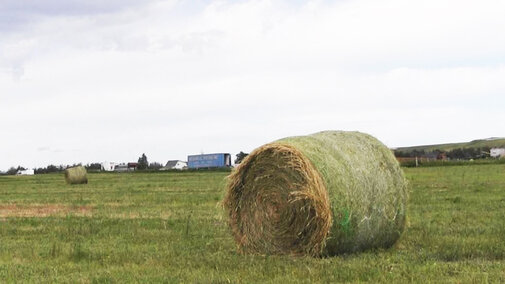As forage production ramps up, the calls about current forage prices become more frequent at my office. So, where do you find information about current hay prices?
The easiest place to find this information is the USDA Agricultural Marketing Service. Since I live in the Nebraska Panhandle, I look at a few different reports to get a ballpark price.
First, I look at the Nebraska Direct Hay Report (AMS_2935) and Wyoming Direct Hay Report (AMS_3236), which are usually published on Thursdays. These reports are broken down into regions of the respective state. For the Nebraska report, I look at the “west” region, which is supposed to represent Ogallala west. For the Wyoming report, I look at the “east” region. When viewing these reports, make sure to check the quality, description, and crop age sections to ensure that you are viewing prices similar to the hay that you have available.
View the USDA hay and auction reports referenced in this article
CropWatch Hay Reports
After viewing the state reports, I will look at the recent hay auction reports for surrounding areas, including: Centennial Monthly Hay Auction – Fort Collins, Colorado (AMS_3679); Livestock Exchange Monthly Hay Auction (third Saturday) – Brush, Colorado (AMS_3627); Producers Monthly Hay Auction – Greeley, Colorado (AMS_3694); High Plains Hay Exchange – Torrington, Wyoming (AMS_3730). The timing of these reports varies. These reports are broken down by the type of forage, quality rating, and size of bale.
The final place to look for price information is the Nebraska Department of Agriculture's Hay and Forage Hotline. This is a listing of hay for sale. Although asking prices do not always translate directly into sales prices, this is still another source of information that may be valuable to you.
USDA NASS reported Nebraska hay stocks are at 950,000 tons, up 79% from last year. Large carryover stocks and low demand are placing downward pressure on forage prices. Stay up to date with these sources of information to be aware of current prices.

